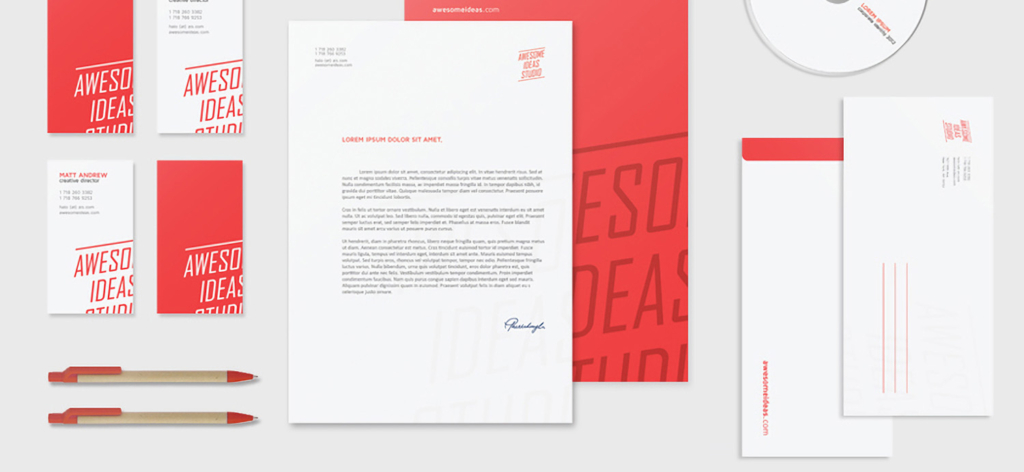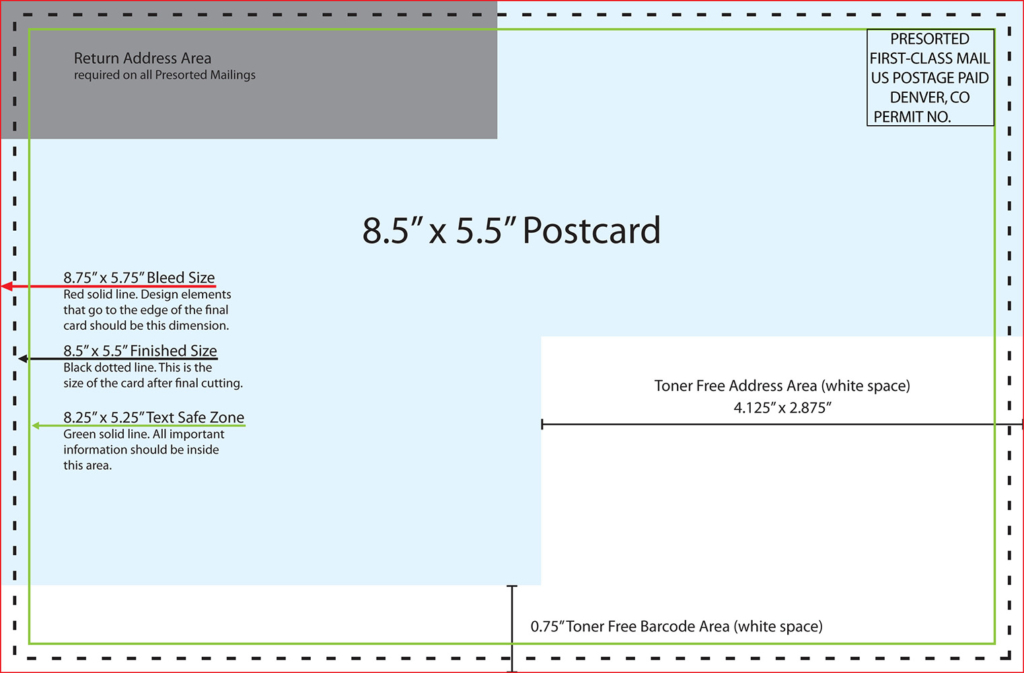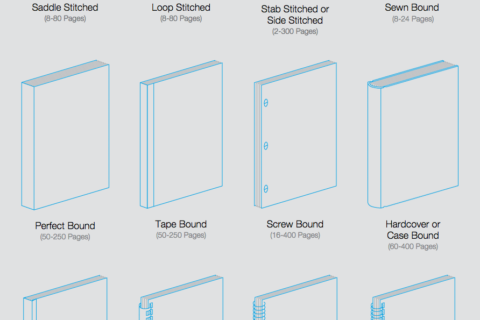Header image credit: Reader’s Digest
I don’t find myself considering mail as a primary source of communication, yet it still manages to be useful and prevalent today. While I may not be sending letters every day, many people and businesses use the mail as a source of correspondence and communication. As a designer, I must remain aware and knowledgeable of this still-active medium of communication.
Why is it important?
As design has been evolving with the growing digital nature of life, it might be strange for me to go back and learn about something more analog. While screens are becoming more important in the face of motion design and digital interfaces, our clients still make use of real-world tangible solutions. Therefore I need to remain well-rounded and prepared to design anything physical or digital depending on the project.
Personal Communication

Image credit: Wendy Aros-Routman on Unsplash
One way that direct mail finds its way into design is the emotional impact it can have on the user. Most everyone is familiar with how digital communication like IMs and emails work, and how easily automated they can be made. In contrast, direct mail is seen as a more personal and human method of communication, especially when paired with anything handwritten. When a client wants something to be personal, this is a wonderful route to take a solution and easily provide a more personal experience.
Branded Transportation

Image credit: NextDayFlyers
Sometimes the branded touchpoint being created isn’t a self-mailer (like a postcard). When this is the case, it’s still important that the piece being sent is still contained within the client’s branded experience. To do this, we as designers need to make sure there is a mail-compatible and branded method for us to transport the piece to its destination. Without knowledge of mailing standards, we cannot effectively brand these methods and create an effective marriage between form and function. The last thing you want is for something to get stuck in the mail, sent to the wrong place, or even denied because of your design choices!
What does it cost?
As is the same with any solution, direct mail can incur a lot of costs. Especially because it is a strict and regulated service, the many preparations that you need to follow can create a lot of additional costs to delivering your solution. Therefore, it’s important to remain mindful of where these costs come from and how to ensure they don’t get out of control and make your solution no longer feasible.
Dimensions

Image credit: Action Mail
One of the most important details for sending direct mail is sizing. This determines a lot of the cost for the postal service, which organizes their packages based on weight and size. By choosing a more form-fitting package, you are able to reduce cost by bringing the extra size and weight of the total package down. This can also protect more delicate pieces that could break during transportation by preventing them from knocking around inside the package.
Postage and Standards

Image credit: CEC
Everyone is familiar with buying stamps to put on envelopes, which is a cost itself. However, when it comes to taking full design control over the appearance and function of a piece and its delivery, extra costs can mount up based on additives that would slow down the postal process. Cutting down on the frill of your mailed solutions can make this process not only more successful and efficient, but also cheaper.
Using a Template
As a designer, I am very aware that everything has been done before and all I can do use the existing formats and formulas to make my solutions unique to their problems. The same goes for mailing. Plastic templates, as well as digital ones, exist to provide examples of information layout and design formatting in direct mail. By using these, designers can save a lot of time formatting each idea to the mailing standards in visual form. By blocking off important areas for mailing, all we have to do is design around the template.
This offers a lot of benefits to designers:
– Adds restrictions (or design guidelines) to the process
– Makes adhering to standards less of a conscious effort, which allocates more thinking to the design process
– Provides a versatile tool to easily enforce mailing standards
I’ve actually had my own experience with learning and putting mailing standards into practice in my designs. When creating a branded envelope for my personal brand, I found myself going all-out on the colors, text and design. However, when compared to US mailing standards, I found that it was both incredibly difficult to replicate and produce, but also expensive to send. By following the standards, I was able to create a simpler and more feasible solution to any mailed correspondence I may need to make while avoiding those crazy prices and process hangups.
I’ve learned firsthand how valuable these standards are to take into account when designing, and can highly recommend that everyone do the same.
References
https://about.usps.com/publications/pub600/pub600_006.htm
https://www.ballantine.com/guide-designing-direct-mail/




